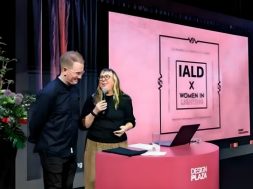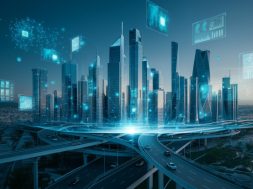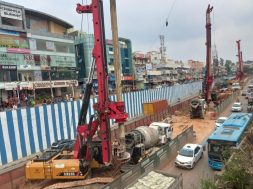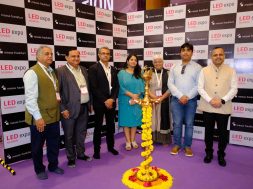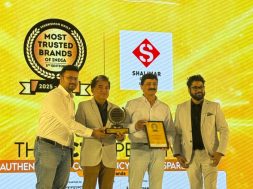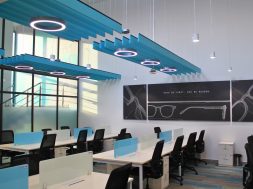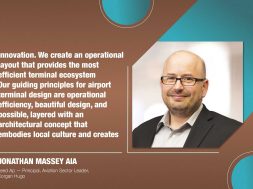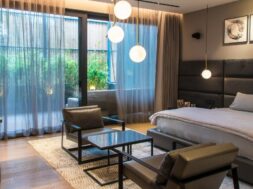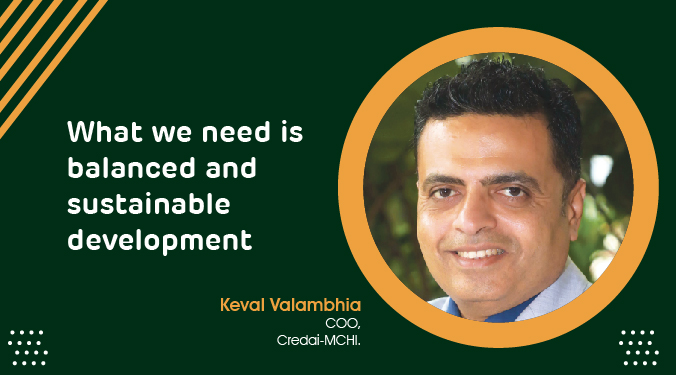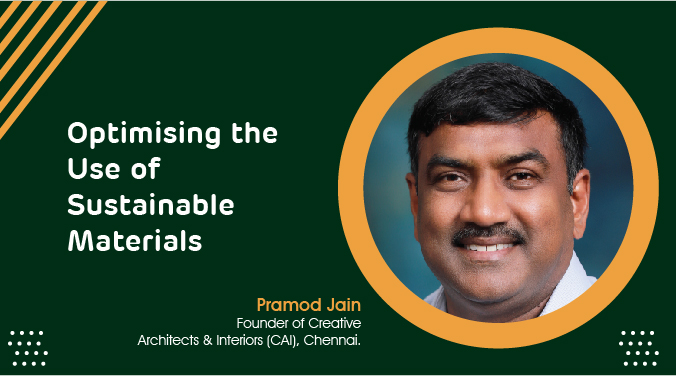Modern workplace design should gratify global sensibilities
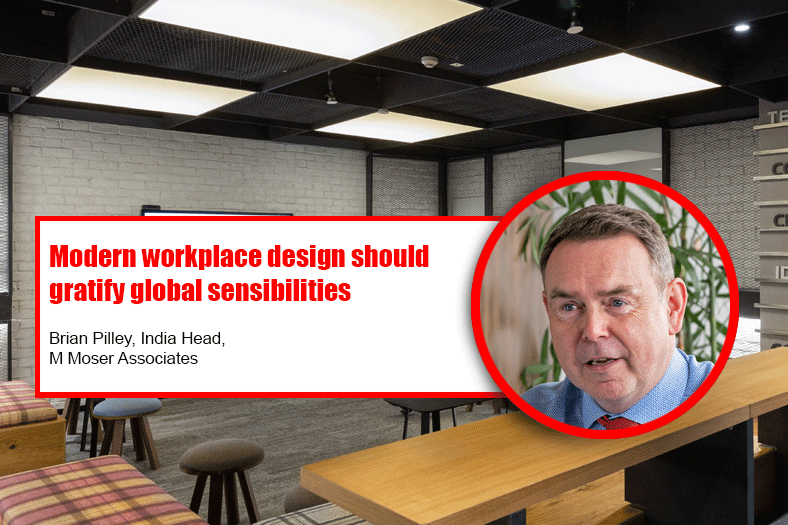
Brian Pilley, India Head, M Moser Associates tells Vikas Bhadra that the purpose of architecture in the workplace will constantly evolve with ever-changing needs.
“I believe that good architecture has the ability to transcend the everyday. Light and space make people feel healthy and happy, and that needs to be encouraged. Designing for diversity will become ever more prominent in the future workplace,” says Brian Pilley, Head, Indian Operations at M Moser Associates.
In a global economy, workspace design is of great importance. Not only because employees spend a lot of time in their dedicated workspaces, but also because the workforce comes from different walks of life with a cultural affiliation that is equally diverse. To design a workspace which satiates a global sensibility is challenging but M Moser Associates has been doing this effortlessly since 1981. Brian who manages the firm’s operation in India has designed workspaces for world-class entities like Accenture, Paypal, Standard Chartered Bank, Titan, Tivo etc.
After studying architecture, Brian went on to dwell on interior design “I studied architecture and we were taught about the building fabric, structure and services – but very little about interiors. After working for a couple of years with some very good interior designers, I realised that I needed to learn more about interiors to become more rounded. I spent a couple of years in London working on corporate interiors projects to better understand the colour, texture and detailing. Good interior design can really enhance an architectural project. I would, therefore, suggest that there is a benefit to architects further exploring interior and product design. “Good design must be dynamic in order to respond to an ever-changing world. German industrial designer, Dieter Rams’ principles of innovative, aesthetic, unobtrusive, long-lasting, fit for purpose design, also apply in the workplace. All forms of design, including the work environment, will need to respond to the accelerated global change we have experienced over the past six months.” he adds.
Pilley has executed numerous projects in neighbouring China “I actually have more experience working in China. I’ve seen buildings change from mostly utilitarian into “grand ideas” as designer confidence has grown. This has sparked iconic designs such as the Beijing National Stadium, Beijing Opera House and Shanghai Tower – architecture that may struggle for acceptance in many European cities. China has a larger “internal market” than India, with tech companies that focus on creating tailored hardware and software. It also has a larger manufacturing base, producing goods for the global market, which means that demand is generally higher. However, India’s workplace projects are predominantly larger, to accommodate an ever-increasing amount of staff-. When I first started working in India, most projects were back office or processing, as cost per seat was a deciding factor. Now we see more examples of R&D type facilities and clients looking at India as a market for goods and services. With a focus on attracting and retaining talent, businesses want to ensure that their employees can collaborate and innovate. Enhancing health and wellbeing at work is becoming an ever-prominent priority.
Brian’s affiliation for India roots from the people he has met here, the Indian architects he admires and the Indian culture itself. “While working on my first India project, Titan’s brand new headquarters in Bangalore,” says Brian “I came across Sanjay Mohe, founder of Mindspace. I was impressed with how he and his company were pushing the boundaries of sustainability and wellbeing, with the base-build. To me, these two design considerations hold a lot of weighting. Balkrishna Doshi, winner of architecture’s “Nobel Prize”, has championed housing for India’s poorest by creating low-cost, community-driven solutions. Empowering people and enabling social transformation are key to India’s ongoing development – he’s done some really amazing work. What I like about Indian architecture, in general, is that each region and city often has its own individual culture, traditions, history and beliefs. The country offers such a variety of architectural styles; it’s just incredible.”
Elaborating on the headquarters he designed for Titan, Brian elaborates “My first project with Titan in Bangalore could be considered a success in terms of achieving the client’s objectives and increasing brand awareness for M Moser India. It wouldn’t have been such an award-winning project without my colleagues and the collaboration with the client and base-build architect.”
“I was very impressed by Titan’s unique business model and long-standing contribution to its employees and the wider community, Its human-centric approach permeates all aspects of the business. I was very excited to reflect such values in the design of its new headquarters in Bangalore. Titan’s vision was to develop a dedicated space to support the expansion of its product ranges and enhance business growth. The new workplace not only creates elevating experiences and nurtures culture, but fosters warmth, energy and sense of belonging.”
“Supporting Titan’s long-term approach to valuing people, the site has been planned as a ‘mini-city’ providing world-class facilities to offset its relocation from Bangalore’s Central Business District. Featuring a gym, fully-fledged cafeteria, crèche and more, the new workplace caters to a broad range of needs and is a magnet for talent attraction and retention. Developing an enhanced experience for employees by blurring the lines between hospitality and the work environment, the new space encourages innovation, ‘flat hierarchy’ and enhances productivity through flexible working.”
Many designers and experts opine that globalisation has led to the genesis of a uniform design syntax however Brian begs to differ “I personally believe that there is no single design style, neither is there a ‘one size fits all’ approach. In order to create impact for our clients, we must deeply understand the business and its workplace needs. Each new project starts as a blank canvas with some objective-based ideas that we can develop to create unique, transformative solutions.
We strongly believe that employees need to be able to relate to their office space. The local culture has a strong influence on colour choices, material selections, space allocation and privacy levels. The purpose of architecture and interior design should always be to improve human life and to create positive places. When it comes to office design, the type of spaces we needed 10 years ago are completely different to what we need now. The time for cubicles and cabins is over. What companies need are offices to attract and retain talent, to encourage collaboration and support innovation. The purpose of architecture in the workplace will constantly evolve with ever-changing needs. There is no one single solution, but a unique approach to what works best for each client.”
Cookie Consent
We use cookies to personalize your experience. By continuing to visit this website you agree to our Terms & Conditions, Privacy Policy and Cookie Policy.
